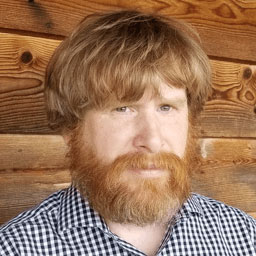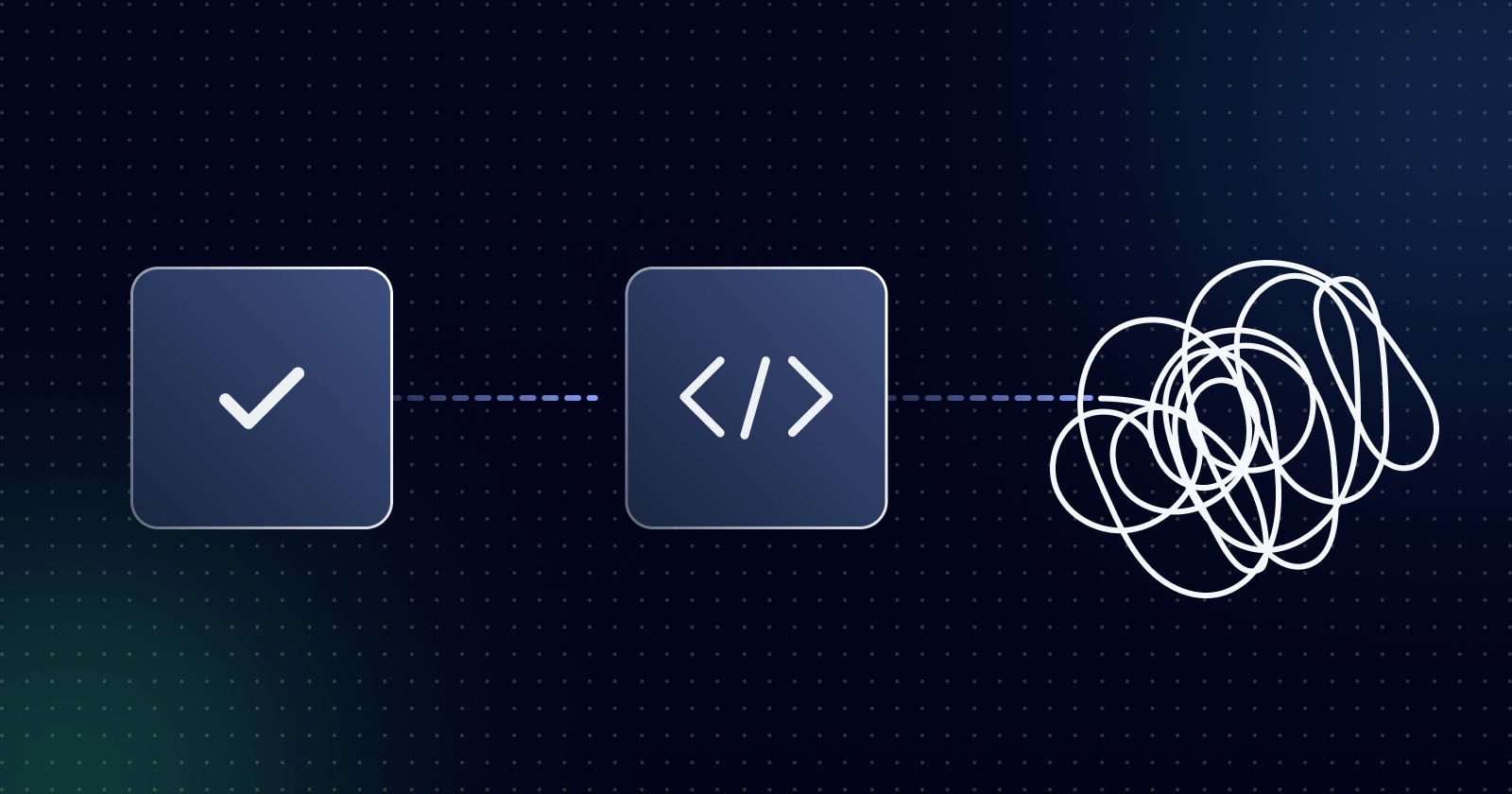Most platforms aren't known for their flexibility. After all, platforms are usually foundational and expected to provide boundaries, structure, and even a certain rigidity.
But, while Prismatic is assuredly a platform, it has far more flexibility built into it than might be apparent at first glance. This is particularly true for devs.
Let's see just how flexible Prismatic is for building, deploying, and managing all the integrations your customers need.
Choose your own development path
Many embedded iPaaS platforms are focused on low-code enablement. Unfortunately, that leaves many developers boxed in and forced to use tools that don't allow them to use their skills as engineers. At the same time, low-code designers can be helpful for certain tasks – even for devs.
For example, devs can use the drag-and-drop designer as a rapid-prototyping tool. Sure, it's inherently limited compared to what a dev can write in an IDE, but it does include a built-in testing framework, pre-built app connectors, and helper components (such as data mapping, looping, and text manipulation). When the complexity increases and you need more functionality than the low-code builder can provide, convert the low-code project to YAML and move development to your IDE.
If you want to write integrations completely in code, you can also leverage TypeScript with our Spectral SDK in your favorite IDE. Take advantage of what the platform provides (such as the built-in components and actions) by calling them from your project. You can also use AI agents to speed up development for tasks such as building custom components, and take advantage of our MCP server for code native development. At the same time, you can use your standard CI/CD processes, including GitHub, GitLab, etc., to version and manage your code.
As it makes sense for your team, you can use either the low-code designer or the code-native approach (or a blend of the two). For example, if you need non-devs to create integrations, they can use the low-code builder using components and the other custom code you natively coded in TypeScript.
Extend the architecture with components
Our Spectral SDK is essential to all our pre-built connectors and other components. And we make this same SDK completely available to you for custom development. Whether you are building a custom connector to your app's API (a common task) or creating a custom code component to perform a series of unique functions for a particular scenario, Spectral enables that goal.
You can easily wrap any API and handle authentication such as OAuth 2.0, API keys, or various types of custom flows. Data transformation and mapping? Those functions and many more common to integration processing are baked into the SDK, ensuring you can call whatever you need. And, of course, you can leverage any existing component, whether it is one that you've built or one we provide in our component/connector library.
Use our npm-style component publishing process, which includes versioning and dependency management. Set the scope for components to your organization (so they can be used for anyone) or narrow the scope to individual customers for bespoke development. You can also use GitHub, or another code management tool to automate the component and integration publishing process. And our command-line interface, prism, gives you full control over the component and deployment process.
Build, deploy, and manage within a single platform
When it comes to building, devs have plenty of flexibility. You can use the trigger that works best for a given scenario, whether it's a scheduled trigger, management trigger, polling trigger, a custom trigger, or a webhook. Take advantage of built-in branching and multi-flow capabilities to organize integration functions into the right sequences with the right dependencies. Error handling and retry functions are also built-in, allowing you to add them as needed. And the platform comes with a testing harness (based on jest) that makes it straightforward to perform unit testing for custom components and other custom code.
Deployment is another area where you can determine which set of steps is right for you and your team, or combine things to make something uniquely suited to your company. The embedded marketplace makes it easy for your customers to self-service (activate, configure, and troubleshoot) integrations. Or, you can choose to manage the activation and deployment process directly via a management UI. Use the CLI with our API to programmatically drive deployments for an even more streamlined process.
And then, for the management portion of the integration lifecycle, we have several more options. You can choose to keep management within engineering. Or, you can shift much of the day-to-day onboarding and support to non-dev teams. As noted above, customers can handle many things themselves (including building and deploying their own workflows).
But, regardless of which role performs needed support tasks, many of the same tools are available:
- detailed logs with real-time streaming to third-party systems
- monitoring and alerts with customizable thresholds
- a management console to view what's happening with one integration or all of them
Flexibility drives value
We provide devs with the tools they prefer and all the benefits of a managed platform. By offering both low-code and code-native build paths, extensive customization through Spectral, and full lifecycle management, Prismatic enables you to build any integration your customers need while ensuring optimal dev productivity.
Prismatic evolves with your team and business needs – starting with simple integrations and scaling to complex, industry-specific solutions.
Schedule a demo to see how this makes us the clear choice for devs who need maximum flexibility in their integration building, deployment, and management processes.




